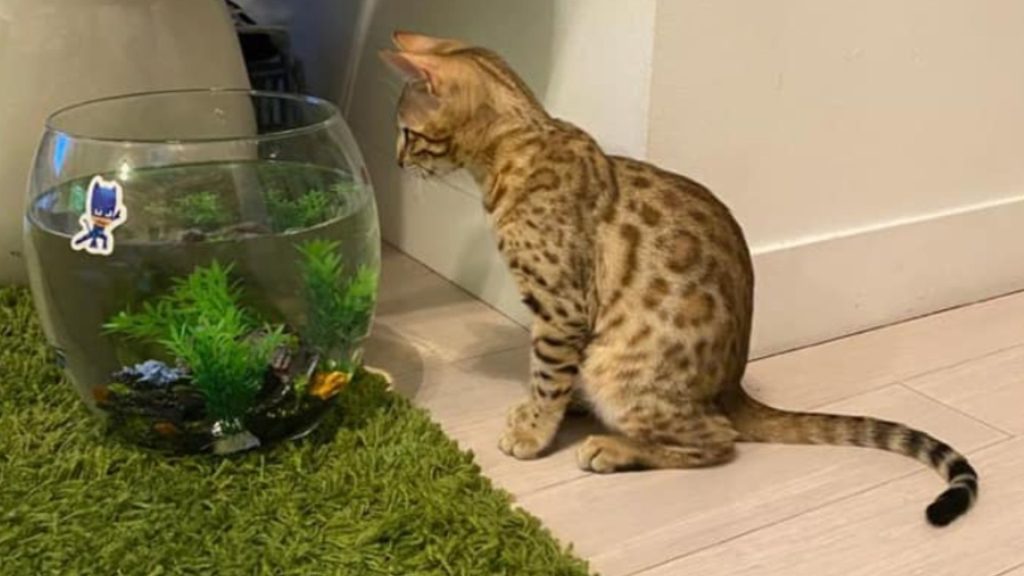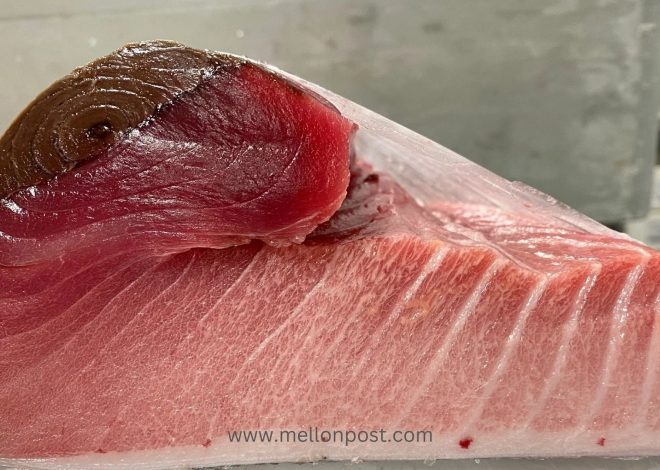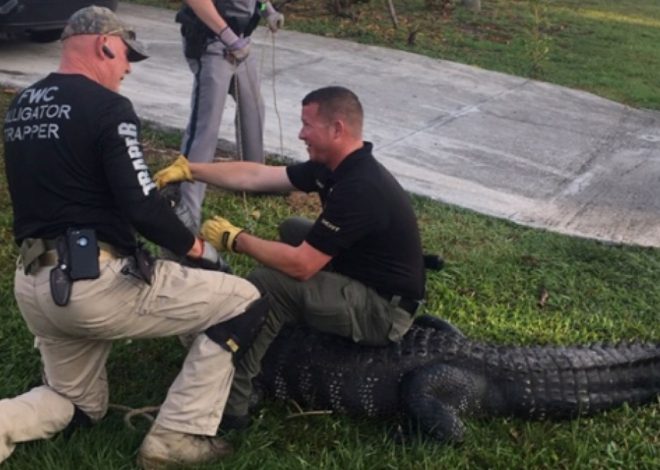
Important Facts About Bengal Cat
Table of Contents
The Bengal cat is a breed of hybrid cat developed from crossing the Asian leopard cat (Prionailurus bengalensis) with domestic cats, particularly the spotted Egyptian Mau.
The breed was established in the 1970s by Jean Sugden Mill, who aimed to create a domestic cat with the exotic appearance of the Asian leopard cat and the temperament of a house cat.
Bengals are known for their striking coat patterns, which can be spotted or marbled, and their muscular bodies. They are an energetic breed that requires a high level of enrichment, including interactive play and simulated hunting games.
Despite their wild appearance, Bengals are social and can get along well with children and cat-friendly dogs, but it’s best to keep smaller pets that could be considered prey out of sight.
They are highly intelligent and curious, making them great for training and teaching tricks. Bengals are prone to inheriting certain diseases from their parents. Even though they are generally healthy, some genetic diseases, such as distal neuropathy and flat-chested kitten syndrome, have been observed in the breed.
Bengal cat personality
The Bengal cat is known for its intelligent, energetic, confident, and alert personality, traits inherited from its wildcat heritage. These cats are highly interactive and require a lot of engagement to stay entertained, making them both fun and challenging as family pets.
Bengals love playing games, learning tricks quickly, and engaging in activities like fetch or chase. If not adequately stimulated, they can exhibit troublesome behaviors like excessive meowing or furniture scratching. Additionally, Bengal cats have a strong prey drive, a fascination with water, and a tendency to be very nimble with their paws, often getting into drawers or cabinets.
What is the average lifespan of Bengal cats
The average lifespan of Bengal cats is between 12 to 16 years when properly cared for and fed an appropriate, good quality diet to suit their ages. This is similar to the lifespan of most domestic cats of mixed breeding, but their lifespan can vary depending on factors such as genetics, diet, and environment.
Some Bengals have been known to live into their late teens and early twenties with the right care and attention, Regular exercise, mental stimulation, preventative care, and a safe and secure living environment can also contribute to the longevity of Bengal cats.
Common health issues of the Bengal cat
Bengal cats are prone to several health issues, including:
1. Progressive Retinal Atrophy (PRA): A genetic condition that causes blindness due to the destruction of light-sensing cells in the back of the eye, usually starting around 7 weeks of age and progressing until the cat has compromised vision.
2. PK-Def (Pyruvate Kinase Deficiency): A genetic condition that impairs red blood cells’ ability to metabolize, causing anemia and other blood-related issues. Symptoms include severe lethargy, weakness, weight loss, jaundice, and abdominal enlargement.
3. Hypertrophic Cardiomyopathy (HCM): A genetic heart condition that can cause heart failure. It is essential to find a breeder who HCM-screens their lines to ensure the cat is not at risk.
4. Diet-related health issues: Bengals are sensitive to anaesthetics and can suffer from food allergies, obesity, and diabetes if fed low-quality food.
5. Feline Herpesvirus infection or Feline Viral Rhinotracheitis: An infectious disease that causes upper respiratory infections, nose and eyes infections, and can infect cats of all ages.
6. Intestinal parasites: Tritrichomonas foetus, Giardia, and Coccidiosis are common intestinal parasites in Bengals that can cause diarrhoea, smelly stools, and other digestive issues.
7. Feline Lower Urinary Tract Disease (FLUTD): A condition that causes the urinary bladder to become inflamed, leading to painful urination, house training breaks, and dark or bloody urine.
To keep Bengal cats healthy, it is essential to provide them with a good diet, a clean and stimulating environment, access to sunlight, exercise, human contact, and minimize sources of stress.
Regular veterinary check-ups, vaccinations, and preventative care are also crucial. Bengal cat owners should choose reputable breeders who test their breeding cats for hereditary and viral health problems to ensure the health of their offspring.
Common dental issues that Bengal cats face
Bengal cats are prone to dental issues, including periodontal disease, tooth resorption, and gingivitis. Periodontal disease is caused by plaque buildup on the teeth, leading to inflammation and infection of the gums.
This can result in tooth loss if left untreated. Tooth resorption is a condition where the cat’s body begins to destroy its own teeth, starting from the inside out. Gingivitis is inflammation of the gums, which can be a precursor to periodontal disease.
Regular dental care, including brushing the cat’s teeth and providing a balanced diet, can help prevent these issues. Dental scaling and polishing may also be necessary to remove plaque buildup and prevent periodontal disease. Additionally, feeding a raw diet that replicates the cat’s natural diet in the wild can help keep their teeth clean and healthy.

Some training tips for Bengal cats
Some training tips for Bengal cats include:
1. Use Operant Conditioning: Reward desired behaviors like using a litter box, coming when called, or using a scratching post with treats or praise to reinforce good behavior.
2. Clicker Training: Clicker training is effective for Bengal cats, where a clicking sound signals the desired behavior followed by a treat.
3. Target Training: Teach your cat to touch or follow a target, like a stick or hand, to guide them in performing specific behaviors.
4. Training with a Harness and Leash: Train your Bengal to walk on a leash by rewarding them with treats or praise when they walk confidently.
5. Keep Training Sessions Short: Short, focused training sessions are more effective than long ones to maintain your cat’s interest and attention.
6. Start Training Early: Begin training Bengal kittens as soon as possible to establish good behaviors and routines that they will carry into adulthood.
7. Use Treats and Clickers: Reward your cat with treats and use clickers to reinforce positive behaviors and make training more effective.
8. Be Patient and Consistent: Training takes time and consistency, so be patient and devote regular time to training sessions to see results.
Training Bengal cats can be rewarding and beneficial for both the cat and the owner, enhancing the bond between them and keeping the cat mentally stimulated and engaged.
Where can I buy Bengal cat?
You can buy Bengal cats from reputable breeders or catteries that specialize in Bengal cats. Some options include:
1. Sarasota Bengals: Located near Sarasota, Florida, Sarasota Bengals is a small TICA registered Bengal cat breeder located near Sarasota, FL, offering snow and brown spotted Bengal kittens for sale in Southwest Florida, Sarasota, Bradenton, Tampa, Naples, Clearwater, Fort Myers.
2. ZawieCo Bengal Cats: They have beautifully rosetted Bengal kittens, snow Bengal kittens, and charcoal snow Bengal kittens for sale in Florida.
3. Lovely Bengals: A small hobby in-home cattery in Florida with over 10 years of experience offering Bengal kittens for sale with fabulous temperaments and type.
4. Wild & Sweet Bengals: They have Silver Bengal cats available for adoption, including silver snow Bengals and silver blue Bengals.
5. Hypoallergenic Bengal Kittens: They offer hypoallergenic Bengal kittens for sale with exotic rosetted coats, hand-delivered across the USA and Canada.
6. Bengal Kittens For Sale FL: This cattery in Florida offers Bengal kittens that are fully litter box trained, raised around kids and other cats, and never caged.
7. The Bengal Cats, located in New York, NY, offers Bengal cats with a rating of 4.8 and 55 reviews.
8. LaVieAnge Bengal Cats and Kittens Cattery, located in Brooklyn, NY, has a rating of 4.4 and 25 reviews.
9. Bengal & Abyssinian Cats & Kittens cattery, located in Brooklyn, NY, has a rating of 4.8 and 129 reviews.
10. ReginaMur Bengal Cattery, located in Philadelphia, PA, has a rating of 5 and 21 reviews.
11. Astoria Bengal Cats & Kittens Cattery, located in Florida, has a rating of 4.9 and 136 reviews.
12. Angeldust Bengal Cat Breeders, located in the UK, has a rating of 5 and 29 reviews.
13. Brooklyn Bengals, located in Brooklyn, NY, has a rating of 4.3 and 4 reviews.
14. New York Bengals, located in New York, NY, has a rating of 5 and 15 reviews.
15. Arkham Bengals, located in California, offers Bengal cats for sale with a selection of available adults and kittens arriving soon.
These sources provide Bengal cats in various colors and patterns, ensuring you can find the perfect Bengal cat to suit your preferences.
Bengal cat price
The price of Bengal cats can vary depending on factors such as the breeder, quality, age, and show record of the cat. On average, Bengal kittens can cost between $1,500 to $3,000, with prices ranging from $4,000 to $10,000 for top-quality kittens from reputable breeders.
The initial costs of owning a Bengal cat can include adoption fees ranging from $300 to $500 or breeder costs ranging from $1,500 to $3,000, spaying/neutering fees, and additional supplies like carriers, beds, toys, and grooming tools. It’s important to consider the financial commitment involved in owning a Bengal cat, including ongoing expenses for items like cat litter, treats, toys, pet insurance, and preventative vet care.
What factors affect the price of a bengal cat
Factors that affect the price of a Bengal cat include:
1. Pedigree: Cats with high-quality pedigrees or champion bloodlines are priced higher.
2. Coat Quality & Pattern: Bengals with vivid, defined patterns and softer coats are priced higher, especially rare colors like silver, blue, and snow patterns.
3. Demand & Availability: Cats with specific colors or patterns that are trending or rare may be priced higher due to demand.
4. Age: Kittens are generally more expensive than adult cats as they are preferred for training and socialization.
5. Gender: Male Bengal cats are typically more expensive than females due to their size, appearance, and outgoing nature.
6. Breeder Quality and Reputation: Cats from reputable breeders who provide proper care and handling are priced higher than those from amateur breeders.
7. Location of the Breeder: Breeders in urban areas may charge more due to higher input costs.
8. Genetic & Health Testing: Cats with genetic testing and health guarantees may be priced higher due to their health status and certification.
How does the color and pattern of a bengal cat affect its price
The color and pattern of a Bengal cat can significantly affect its price. Bengal cats with more vivid and defined patterns, softer and more luxurious coats, and unique colors like silver, blue, and snow patterns are generally priced higher than others.
Rare or preferred patterns can also increase the price of a Bengal cat, as they are in higher demand among cat fanciers. Additionally, coat quality and pattern are essential factors in determining the price of a Bengal cat, with those exhibiting exceptional qualities often being classified as show or breeder quality pets, priced accordingly.
Black Bengal cat
A black Bengal cat, also known as a melanistic Bengal, is a beautiful imitation of the black panther with a rosetted or marbled pattern like other Bengal cats. The pattern is black on black, and sometimes “ghost” markings can be seen in natural light.
Black Bengals are highly active, inquisitive, and independent but friendly cats. They require a high level of enrichment, including simulated hunting games and interactive play. They are slightly talkative and lean and elegant cats that need grooming once a week.
Black Bengals are not ideal for family homes and require extensive outdoor space. They can be regularly left for a few hours and need a calm environment. Despite their striking appearance, physically, there is nothing extreme about their build or structure, as this is a well-balanced cat without any exaggerated features.
Temperament of a black bengal cat compared to other bengal cats
The temperament of a black Bengal cat is not significantly different from other Bengal cats. They are known for their intelligence, curiosity, and active nature, with a personality that is often compared to that of a dog.
Black Bengals are also vocal and may require a lot of stimulation and exercise. They are social animals and enjoy being around people and other animals.
However, it’s important to note that each Bengal cat is unique, and their personality can vary based on factors such as genetics, socialization, and living conditions. If you are considering getting a Bengal cat, it’s essential to research and find a reputable breeder who can provide you with a healthy and well-socialized kitten.
White Bengal cat
A white Bengal cat is a Bengal cat with a white coat that is caused by a recessive gene. It is not a true albino and can have blue, green, or gold eyes.
Difference between a white bengal cat and a snow bengal cat
A white Bengal cat and a snow Bengal cat are two different types of Bengal cats that have distinct coat colors and patterns.
A white Bengal cat is a Bengal cat with a white coat that is caused by a recessive gene. It is not a true albino and can have blue, green, or gold eyes.
On the other hand, a snow Bengal cat is a Bengal cat with a coat that is a range of creamy white to ivory. They are often compared to snow leopards due to their beautiful white coats and blue eyes. Snow Bengals come in three distinct shades: seal lynx, seal mink, and seal sepia.
The main difference between a white Bengal and a snow Bengal is their coat color and pattern. A white Bengal has a solid white coat, while a snow Bengal has a range of creamy white to ivory coat with distinct patterns and markings. Additionally, snow Bengals are often compared to snow leopards due to their beautiful white coats and blue eyes.
Silver Bengal cat
The Silver Bengal cat is a unique breed known for its striking silver coat and green eyes. It was developed by crossing a Bengal with a domestic shorthair or silver tabby, resulting in cats with the Bengal’s markings combined with silvery fur.
The silver coat is influenced by the Inhibitor gene, which inhibits warm or yellow pigment in the cat’s hair, leaving black pigment and trace amounts of warm pigment known as tarnish. Silver Bengals can be homozygous or heterozygous for the Inhibitor gene, affecting the intensity of their coat coloration. These cats are recognized for their playful and friendly personalities, intelligence, and unique appearance, making them prized pets.
The process for adopting a bengal cat from a breeder
The process for adopting a Bengal cat from a breeder typically involves several steps:
1. Choosing the Right Bengal Kitten: This is a crucial step where you select a Bengal kitten that matches your personality, lifestyle, and preferences in terms of sex, color, and pattern.
2. Waiting List: Being on the breeder’s waiting list gives you priority to choose from available kittens before they are posted online.
3. Reservation: Once you have chosen a Bengal kitten, you may need to leave a deposit to reserve it. This deposit is usually deducted from the total price of the kitten.
4.Date of Departure: Bengal kittens are usually ready to join their new families between 12 and 16 weeks of age, depending on the destination country.
5. International Shipping: If needed, the breeder will handle the international shipping process to ensure your Bengal kitten arrives safely at its new destination.
6. Research and Communication: It is essential to research the breeder thoroughly, ask questions about their experience, breeding practices, and health testing, and communicate effectively to ensure you are comfortable with your choice.
7. Health Guarantee: Reputable breeders often provide a health guarantee for genetic conditions and ensure that the Bengal kitten is healthy and ready for adoption.
By following these steps and conducting thorough research, you can adopt a Bengal cat from a reputable breeder with confidence.
How big is a Bengal cat?
Bengal cats tend to be medium to large in size, weighing between 8-15 pounds or more, and ranging in height from about 13-16 inches tall.
Male Bengal cats are typically larger and heavier than females, with adult males measuring up to 44cm (excluding the tail) and weighing up to 8kg.
Adult female Bengal cats are usually a little smaller, measuring 35-40cm long and weighing 6.5-7k3].
Bengal cats reach full physical maturity and their final size around 18 months to 2 years of age.
However, some male Bengal cats can grow even larger, up to 16+ inches tall and weighing up to 22 pound.
The size of a Bengal cat can vary depending on factors like lineage, generational number, and the specific domestic cat breeds used in their ancestry.
In summary, the average full-grown Bengal cat is a medium to large-sized feline, with males typically being larger than females, but there can be significant variation in their final size and weight.
Continue reading: Important Facts About Maine Coon Cat


